Which rituals to adopt to work better as a team and improve performance
Published on July 30, 2025
Which rituals to adopt to work better as a team and improve performance
Even champions need rituals. Would France have won the World Cup in 1998 if Laurent Blanc hadn’t kissed Fabien Barthez’s bald head before every game? And what about the All Blacks? Would New Zealand’s rugby union team be so strong if it were to stop performing its famous haka? Are these examples just superstitions? Perhaps. But, because of their symbolism, these rituals still contribute to the success of those who practice them. Be it team synchronization or more individual rituals, how do you put in place the ones that will help you to tackle all your challenges?
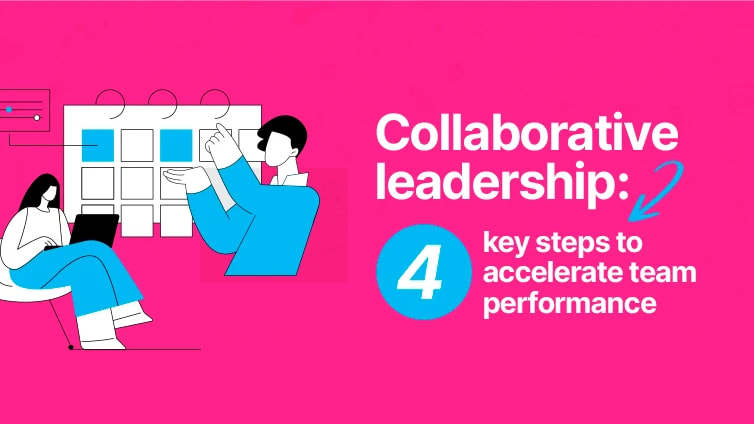

Rituals, habits or routines are vital for a team to work well together. Why? Because they create a framework, a structure that is known and shared by all its members. These rituals help to get some perspective and contribute to the overall success of the team.
To take a very specific example, editorial meetings are long-standing rituals in all media organizations. More often than not, these are meetings where journalists meet to take stock of the latest news, what's happening now, what's coming up and share the workload, for a day, a week, or even for a month. And this regular meeting ensures editorial continuity. Here are some other simple rituals to put in place.
Team synchronization is key to successful teamwork. It is all the more vital in a business environment where remote working is becoming more common and teams are spread over several sites, sometimes in different countries and even continents. As well as team efficiency and productivity, the goal is still to break down the silo mentality. So how do you do this? By bringing everyone involved together to ensure their success. Let me explain.
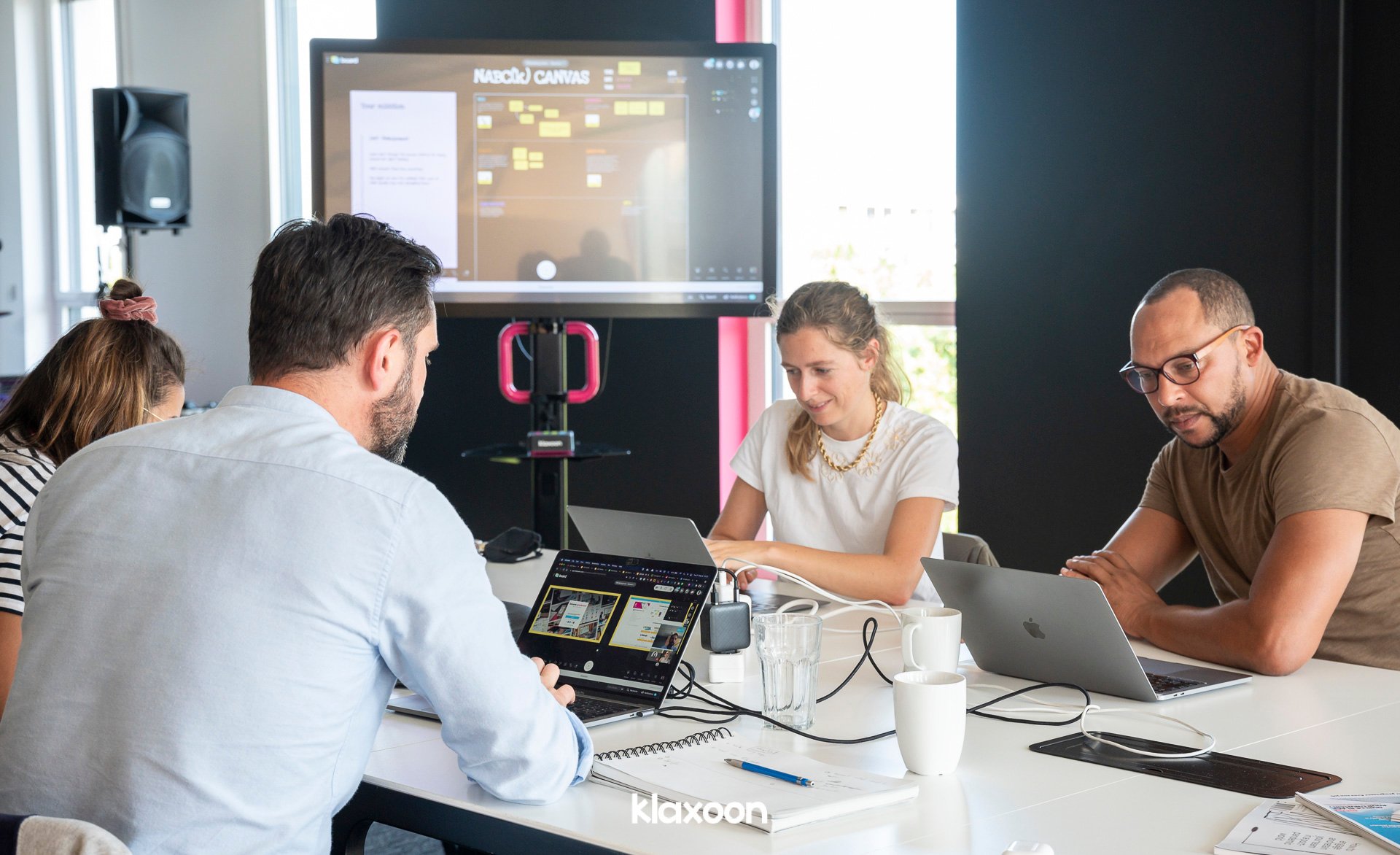

According to those who practice team synchronization, there are 3 key objectives for sync up meetings.
A simple but effective recipe for a more fulfilling, motivated and, above all, more efficient team.
At this meeting, each participant can say what they're working on, check what their colleagues are working on, ask for help, and make sure the workload is divided fairly if necessary.
Whether it's a team meeting or a cross-departmental meeting, the rationale stays the same: sharing information that everyone needs. Being able to go back to work and move your projects forward.
In short, this means sharing the following:
Think collaboration, think participation. A successful sync up meeting is a meeting where everyone feels involved.
Is your team in sync? That's fine, but don't forget to hold regular meetings, depending on your needs.
Do you need to take a step back? Are you looking to improve your performance? Hold a monthly meeting. In the spirit of continuous improvement, review your goals and results with your team and set up an action plan for the following month.


In short, choose how often to schedule your sync up meetings based on your goals.
You might think that a one hour meeting is too long? Or that 15 minutes is it not long enough? In fact, there is really no typical length for a sync up meeting.
Just as the frequency depends on a team's goals, the length of a sync up meeting varies depending on its nature.
A daily meeting with a dozen or so people can be as short as 15 minutes. However, a monthly performance improvement meeting that brings together several teams or departments can take up to one hour.
Rather than a fixed length, keep your goals in mind: to be effective first and foremost and to improve team collaboration.
Of course, this does not stop you being concise and to the point. To help you do this, you can set a timer, for example.
Now that your content is ready, your meeting frequency and length is determined, how do you share all that? There are two things to remember: you need to combine a visual aid with a video conferencing tool.
Your visual aid will back up what you say. Here's the proof (in pictures).
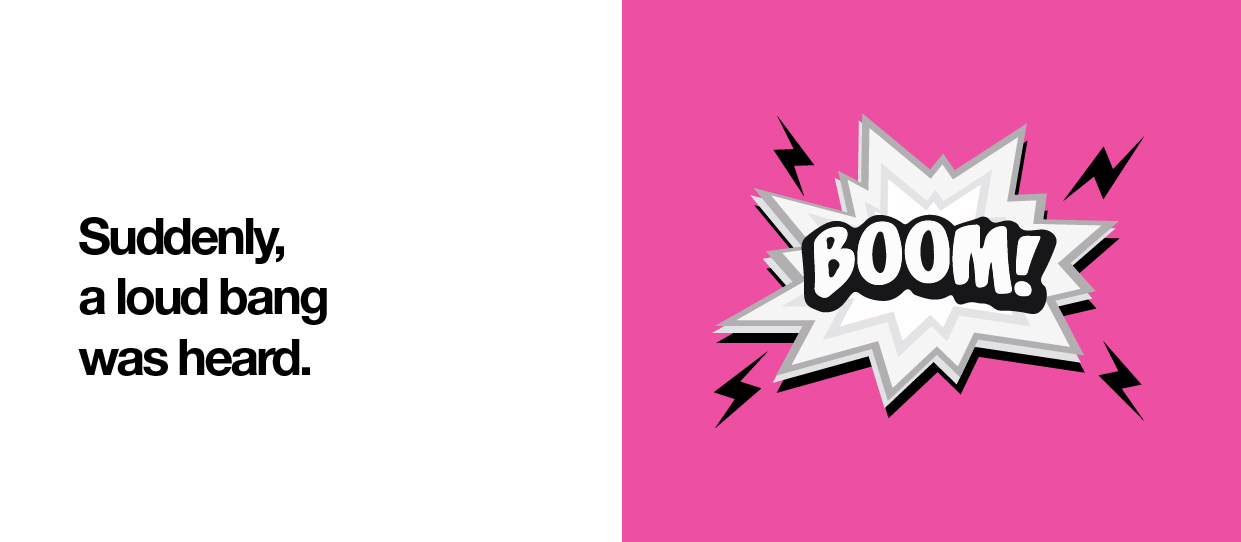

When you’ve finished this article, you’re more likely to remember the image above than the sentence that goes with it. But the idea is the same! That’s what visual management is! I’m more likely to remember what I see, and even more likely to remember what I can see and hear.
That's why a unique and accessible visual aid such as a digital whiteboard is so important. You can use it to share text, photos, videos, documents and links.
But why do I need a video conference, if I can share everything on my whiteboard? Because, to put it simply, synchronization is all about discussing and sharing. With video, you can see each other, speak to each other, and above all emphasize your vision statement.
The other advantage of video conferencing is how easy it is to hold remote meetings. With the rise of remote working, it’s no longer necessary to get everyone together in a room. And remember that around 4 out of 10 employees are working remotely in France in 2021.
But it’s not always to easy to move from one web browser window to another. What with the video conferencing solution on one hand and the presentation tool on the other, we often choose the presentation at the expense of seeing each other. Which is why a tool that combines both features is so useful: a combined digital whiteboard and video conferencing tool.
This will help you to develop the full potential of visual management, and most importantly, make your sync up meetings more participatory and more effective.
This whiteboard, available outside meetings too, is a user-friendly aid that can be constantly added to.
Sharing information is a must for collaboration. Your sync up meetings make you more efficient because you stay abreast of what everyone else is doing, which helps you move your projects forward. But there are also rituals that are more specific to information sharing, more individual rituals. Here are three to focus on.
Integration is a more widespread ritual. A well-integrated employee is a more effective and motivated employee. By way of illustration, one in three executives has already resigned because of a poor integration process. However, a successfully integrated employee is a more motivated, committed and productive employee, ready to apply themselves in the company in the long term. A boon for teams!
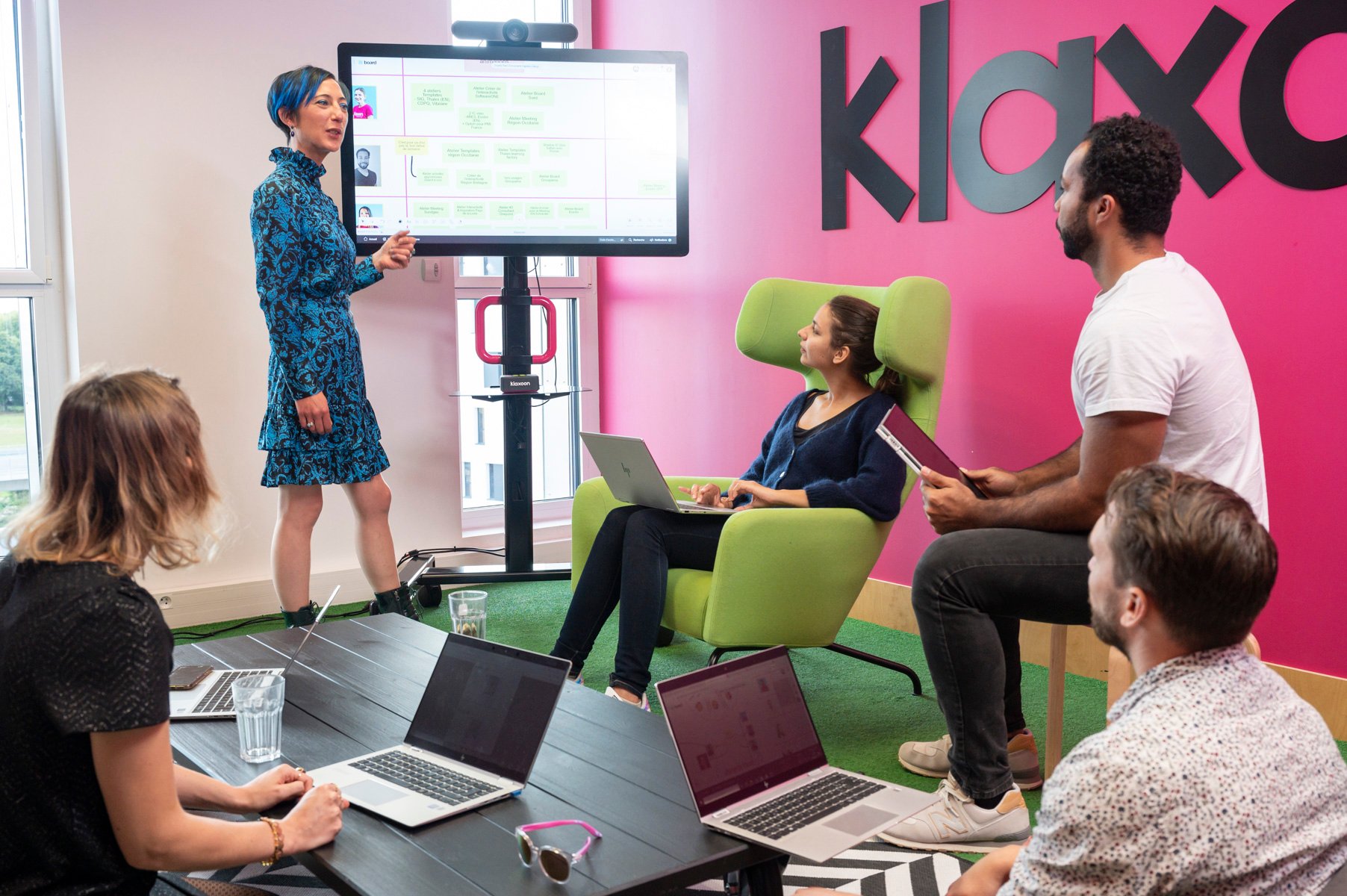

Do you have any idea how much information a new employee has to take on board when they start? Here are just a few examples: organizational structure, leave management, company health insurance and the various IT, security and confidentiality charters. And it's not just administration.
Because at the same time, there's what’s involved in the new job itself. These are all new processes, new topics, and new activities. It is estimated that it takes three months for successful integration.
Why not have one source of information, where you could leave all these documents and they would available at any time? It’s the ideal solution to make life easier for new hires, who will be relieved that they don’t have to remember everything on their first day.
With this document, they can share their feedback too, how they feel about their first days and weeks, and you can build the integration process together. As you do this, you can keep going back to your shared document for sync up meetings.
Integration is also an opportunity to make the atmosphere of the company, its energy, felt as quickly as possible. With a successful integration process, you inject energy into employees, that they will put to good use for the group.
One on one (1 to 1) meetings are a separate ritual between the manager and the employee. They are an opportunity for a joint review to take stock of successes, project progress or any difficulties encountered. The advantage of this meeting is that everyone is honest and they listen to each other. Thanks to this dialog, both the manager and the employee can move forward in their roles.
This is the goal achieved by Nelly and Jerôme in their one to one meetings. In 30 minutes, together they can:
This too is a regular ritual, anchored in the day to day life of employees: once a week, every 15 days or monthly, however often you want. And then, of course, there is the annual performance review. Another way to boost efficiency at work.


"Feedback is the breakfast of champions" (Kenneth Hartley Blanchard, author and management expert). Clearly, you will only make progress if you listen to the opinions of others. It is not a question of being judged, but a way of assessing yourself. And thinking more deeply. This starts as soon as an idea, a project, a change is presented. You can ask your colleagues for their opinion using a poll or an open-ended question. You open the discussion up to everyone. This makes it possible to immediately point out potential stumbling blocks, or to continue to think more deeply to make the leap from good idea to great idea.
This is what Mélissa Plaza, a former international footballer and now a team coach, does. She uses polls and questions to assess her training and match strategies every day. It helps to stimulate her players and make them more proactive.
Finally, to analyze the successes or difficulties encountered, what better than a retrospective meeting including all the people involved in the project. You can follow a very simple format such as what worked well, what needs to be improved, what needs to be developed, what you should stop doing and what you need to start doing. An opportunity to take stock to help you to improve as a team using collective intelligence. Then all that remains is to launch an action plan to implement the recommendations.
And for more personal feedback, use Kudo Cards. A fun and spontaneous way to thank or congratulate your colleagues for their work or attitude. Another way to connect people to improve collaboration and performance.
In a nutshell, team rituals to boost performance are based on synchronization. Countless teams already use these rituals.
Whatever your way of working: in the office, remote working or hybrid working, Klaxoon tools are there to help you work better as a team and improve efficiency.


Why not try Board and Live, its integrated video conferencing tool for more participatory and effective meetings?
To make sure your team is in sync, here are a few ready-to-use templates to transform your meetings:
To share information in a more individual format:
Remember, to improve your performance, you need to be more efficient. These tools are there to help you.
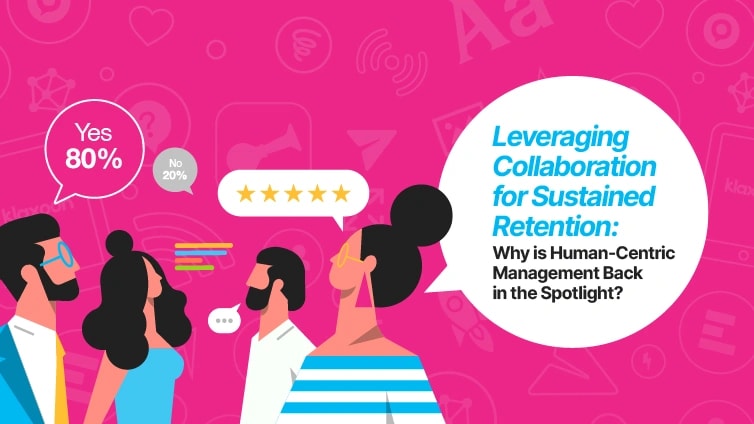

Unlock your teamwork potential